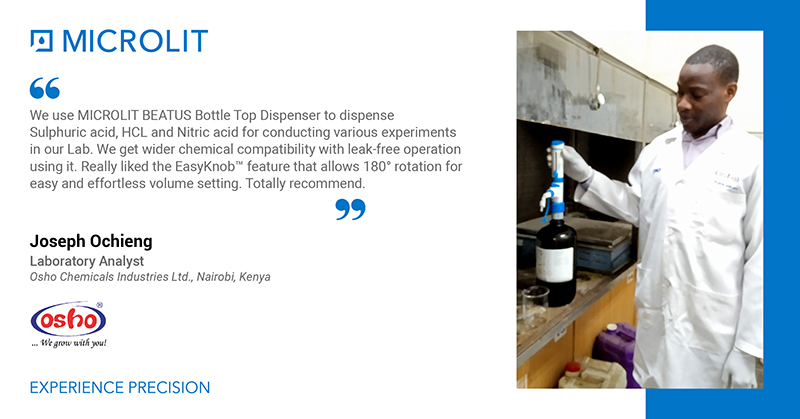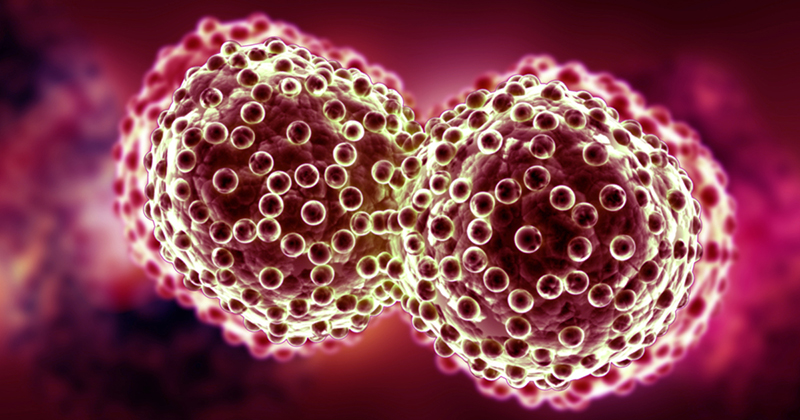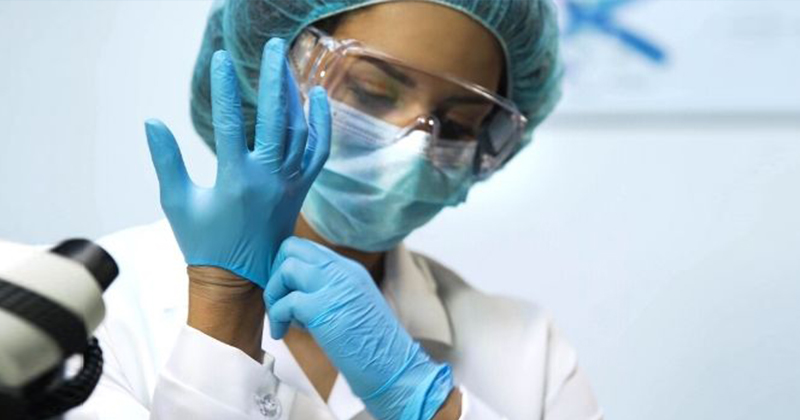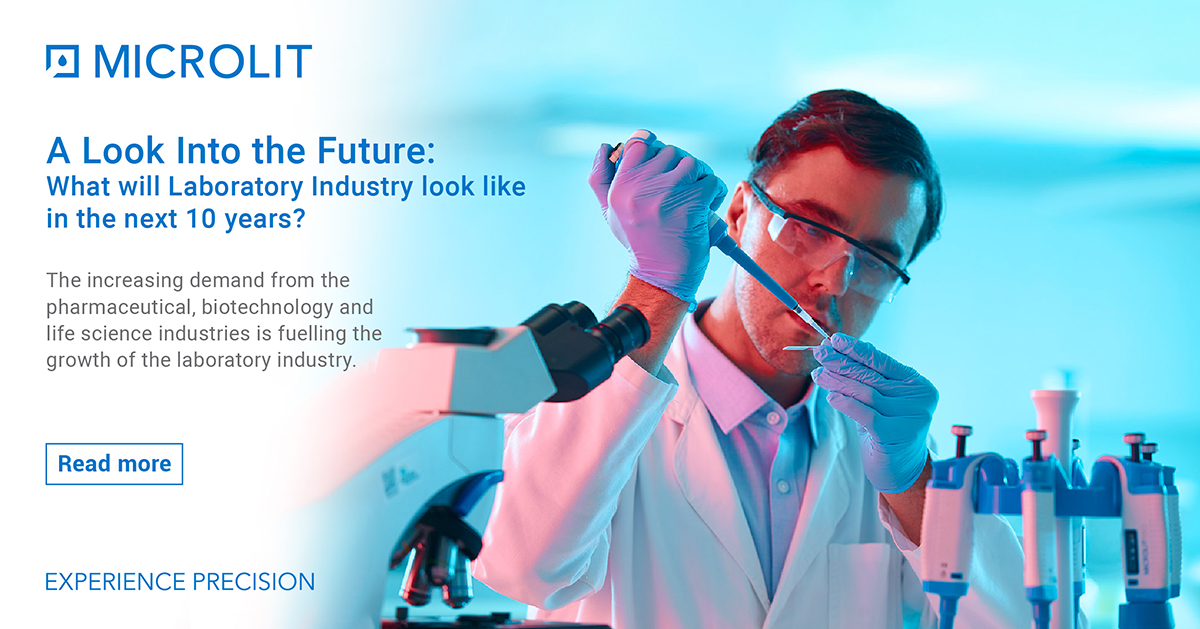

Comical Reactions with Mike & Billy
Experience Precision With Our Products


Wise & Precise
Do you think you are well equipped to carry out safe lab practices? A Lab safety test quiz is here waiting for you. Take up this simple quiz and learn everything about lab safety.










